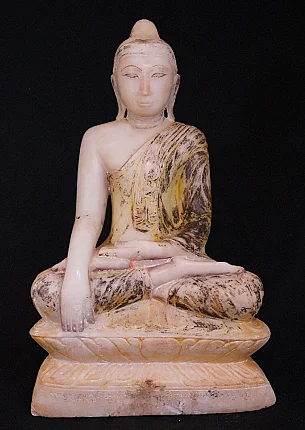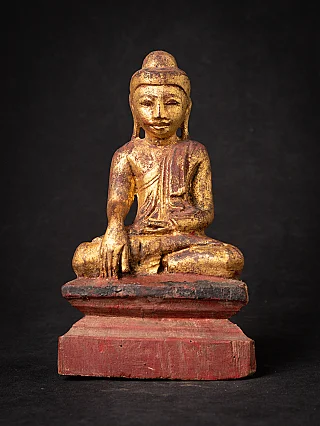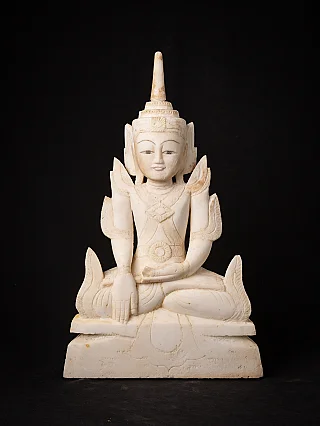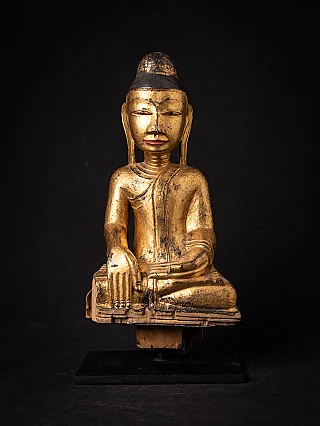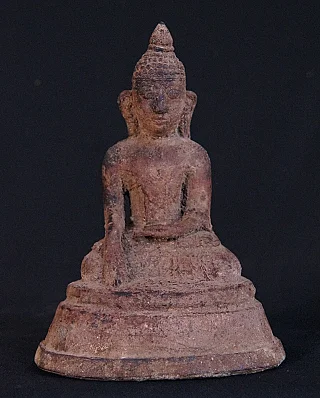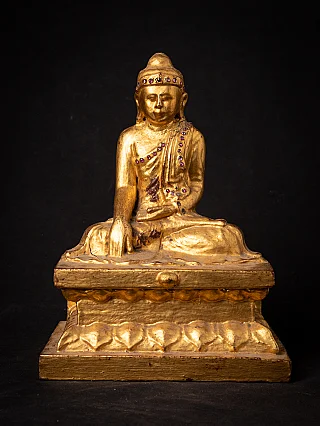Vaishali
Author : Peter Vredeveld

Vaishali is one of the Eight Great Pilgrimage site of Buddhism. There are many features in Vaishali that attracts the eyes of a visitor. And Ashokan Pillar is one of the main attractions of Vaishali and the reason behind this pillar is that it got statue
Vaishali, located in Bihar, India, is one of Buddhism's Eight Great Pilgrimage sites, carrying profound historical significance. Legend has it that Gautama Buddha delivered his final sermon here, announcing his approach to Mahaparinirvana before his departure to Kushinagar, where he ultimately attained Mahaparinirvana—a pivotal moment in the history of Buddhism occurred in Vaishali when, during Gautama Buddha's lifetime, women were inducted into the Sangha as abhikshuni.
The city, now an archaeological site, once served as the capital of the prosperous Licchavi Kingdom. Vaishali was a thriving hub intimately connected with Gautama Buddha, home to around seven thousand and seven Rajas, each possessing grand palaces, pleasure grounds, and numerous advisors. The Buddha visited Vaishali multiple times, making it a significant pilgrimage destination.
One of the city's remarkable features is the well-preserved Pillar of Ashoka the Great, adorned with an Asiatic Lion on top. The nomenclature of Vaishali is traced back to the ancient history of the Mahabharata, named after King Vishal, an illustrious figure during that era.
History

Vaishali's existence dates back to ancient times. It was a prominent city during the Mahabharata age. It was a crucial center for Buddhism and a significant place for Jainism, as a Tirthankara was believed to be born here. Before the emergence of Buddhism and Jainism, Vaishali served as the capital of the Licchavi state, dominating a significant portion of the Himalayan Gangetic region.
After leaving Kapilvastu and Lumbini, Gautama Buddha sought spiritual training in Vaishali from Ramaputra Udraka and Alara Kalama. Post-Enlightenment, his regular visits to Vaishali reinforced its place in Buddhist history. Legends speak of a calamity in Vaishali, prompting the city's prince to seek Buddha's intervention. Upon Gautama Buddha's arrival, a remarkable event unfolded, with thunderstorms, torrential rain, and the expulsion of evil spirits. Reciting the Ratana Sutta for seven days, Buddha left Vaishali, leaving a lasting impact.
Gautama Buddha declared his imminent departure from the world during his final visit, initiating the induction of women bhikshuni in the Sangha. His departure marked a significant moment in Vaishali's history.
Main attractions of Vaishali
Vaishali is an ancient city known for its connection to Buddhism. It has many interesting attractions that draw in people who are interested in history and spirituality.
1. Ashokan Pillar:
The Ashoka Pillar in Vaishali serves as a monumental testament to the city's pivotal role in the history of Buddhism. Crowned by the symbolic Asiatic Lion, this pillar is believed to mark where Gautama Buddha delivered his final sermon before embarking on the journey to his Mahaparinirvana in Kushinagar. Pilgrims can witness not just an architectural marvel but a sacred site resonating with the echoes of Buddha's teachings.
2. Relic Stupa (Stupa 1):
At the heart of Vaishali lies the Relic Stupa, a spiritual enclave housing one of the eight portions of the Master's Relics. This sacred site is a poignant reminder of Buddha's presence in Vaishali, and pilgrims flock to it seeking solace and enlightenment. The stupa is a tangible connection to the Buddha's teachings, fostering an atmosphere of reverence and introspection.
3. Coronation Tank (Abhishek Pushkarini):
Adjacent to the Relic Stupa, the Coronation Tank holds significance in the Buddhist tradition. Pilgrims believe that the sacred water of the tank is imbued with spiritual purifying properties. Rituals conducted here are reminiscent of historical events, including Buddha's intervention during a calamity in Vaishali. The tank thus becomes a sacred space for followers of Buddhism to partake in rituals and reflections.
4. Archaeological Wonders:
The archaeological wonders scattered throughout Vaishali echo the city's vibrant past during Buddha's time. Ruins of ancient structures, including those associated with Buddha's visits, offer pilgrims a glimpse into the historical landscape. These remnants stand as silent witnesses to the interactions between Buddha and the inhabitants of Vaishali, forging a profound connection to the foundational roots of Buddhism.
5. Vaishali Museum:
The Vaishali Museum preserves artifacts and relics illuminating the city's association with Gautama Buddha. Pilgrims and enthusiasts can explore exhibits showcasing items from the Buddhist era, providing context to Buddha's teachings and his impact on Vaishali's cultural and spiritual fabric.
In conclusion, Vaishali's main attractions are not mere historical landmarks but living monuments to Buddhism. Each site, from the Ashoka Pillar to the Relic Stupa and beyond, invites visitors to embark on a spiritual pilgrimage, retracing the steps of Gautama Buddha and experiencing the timeless wisdom he imparted in this sacred city.
Share this page


















